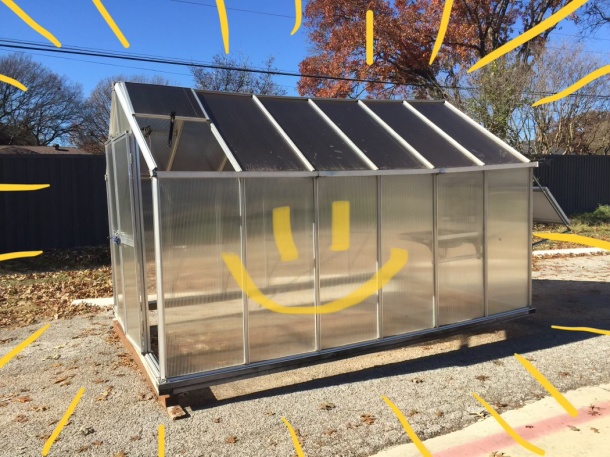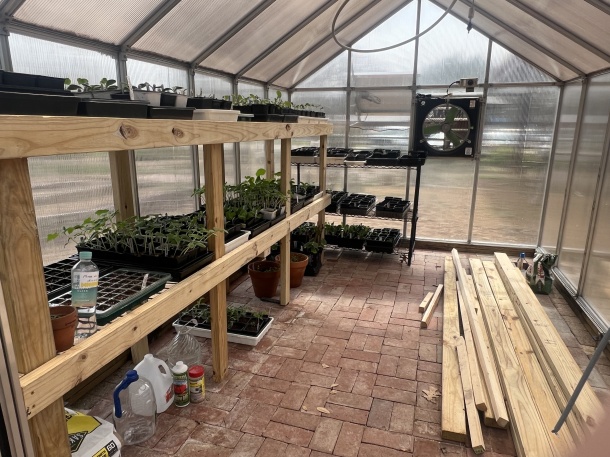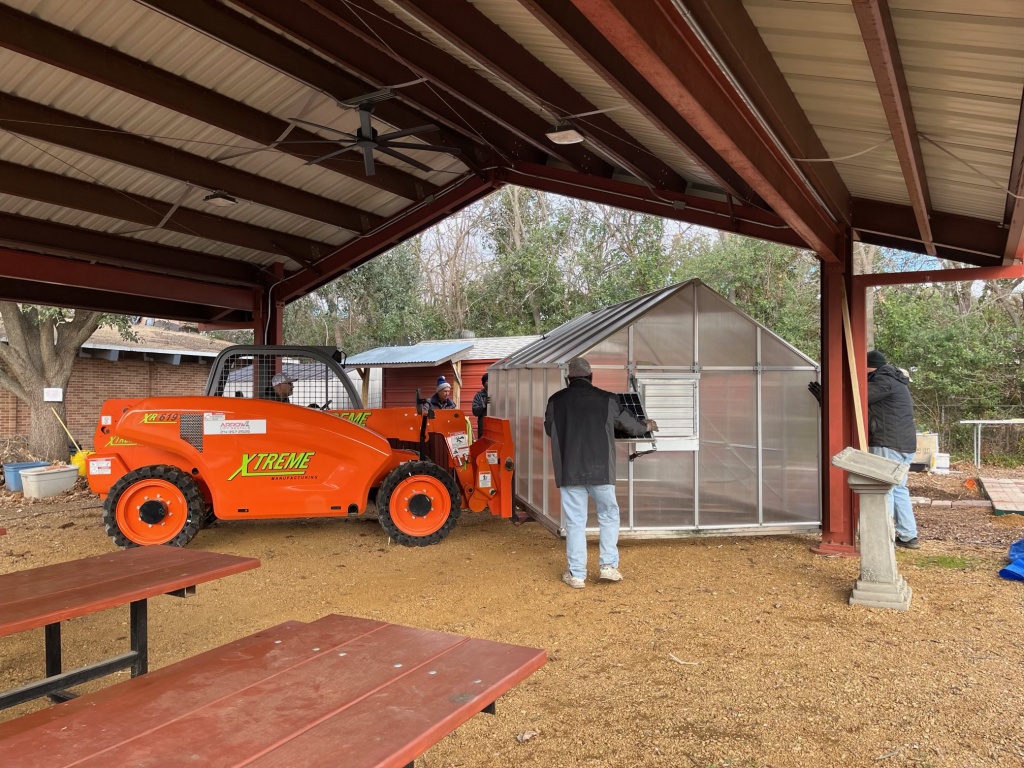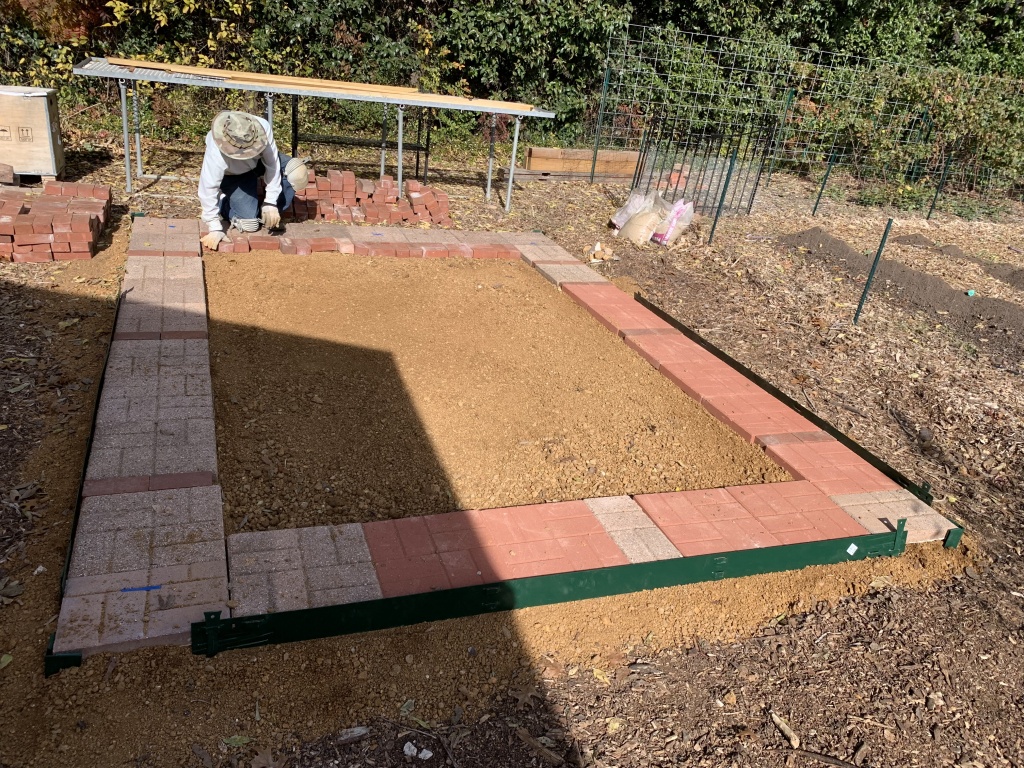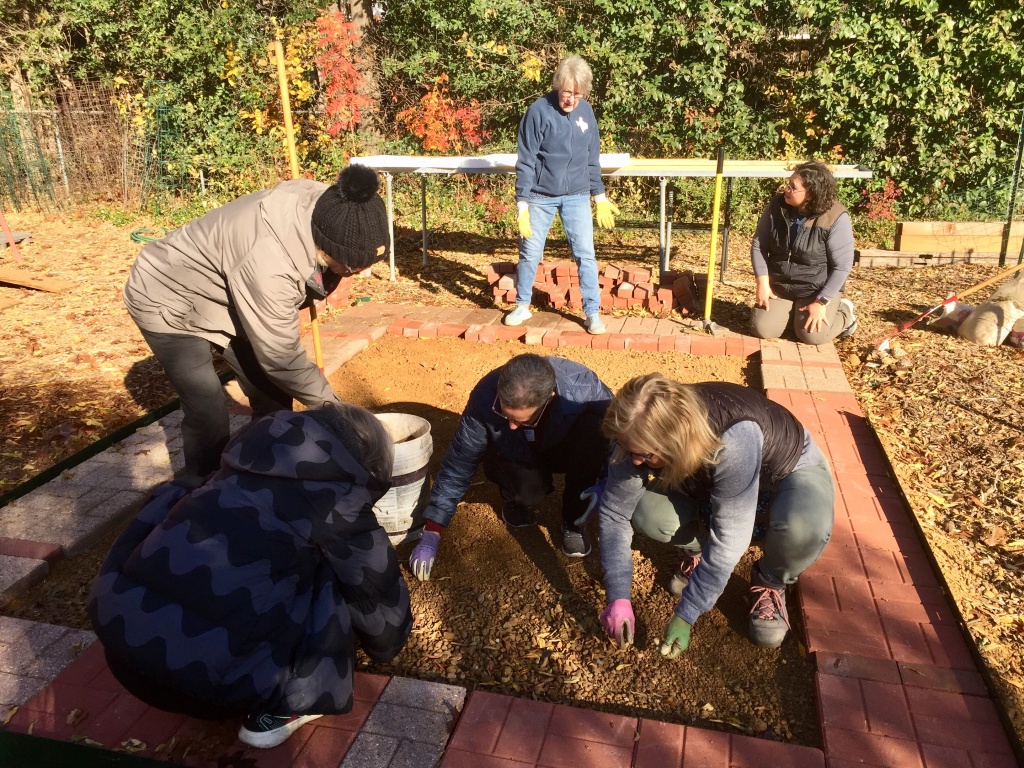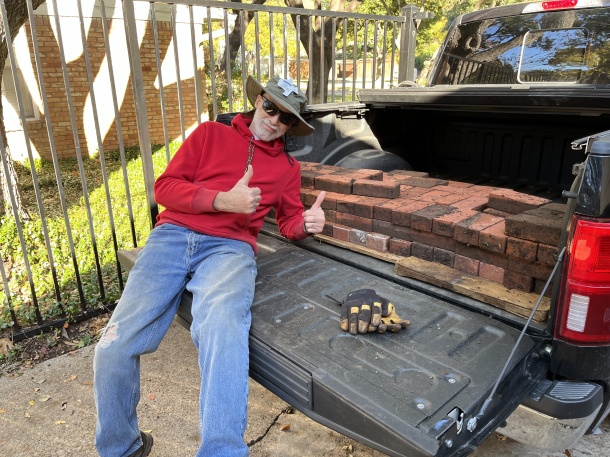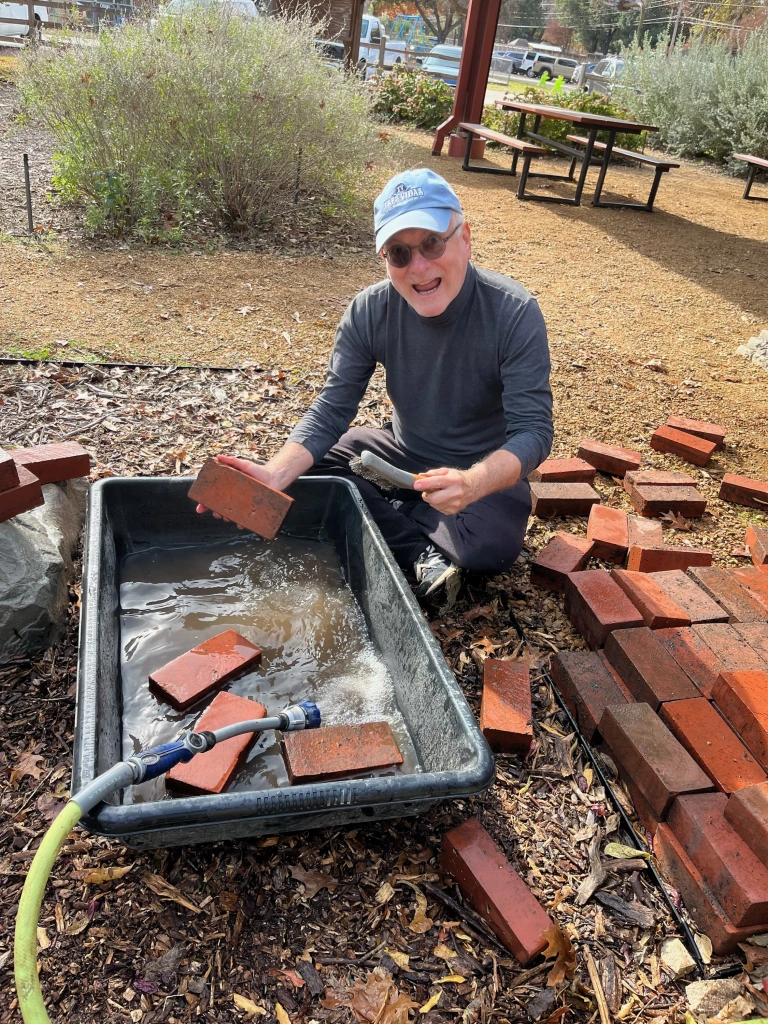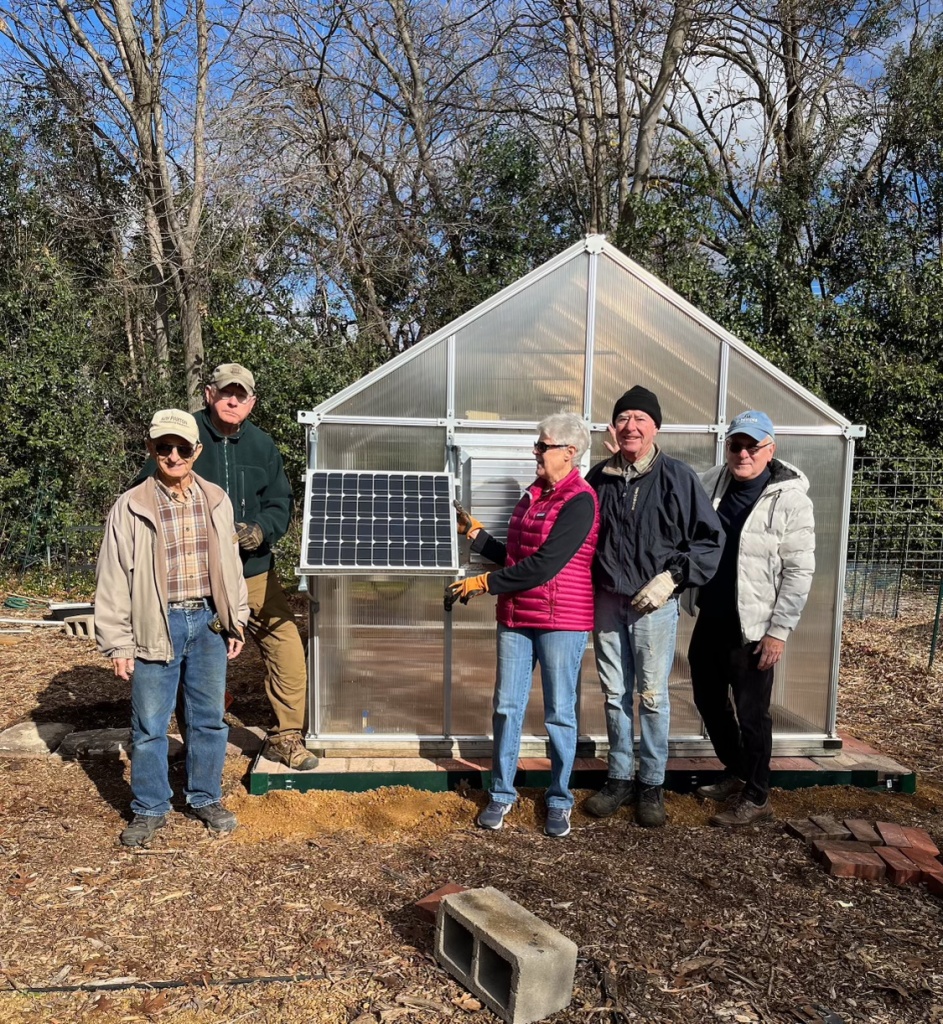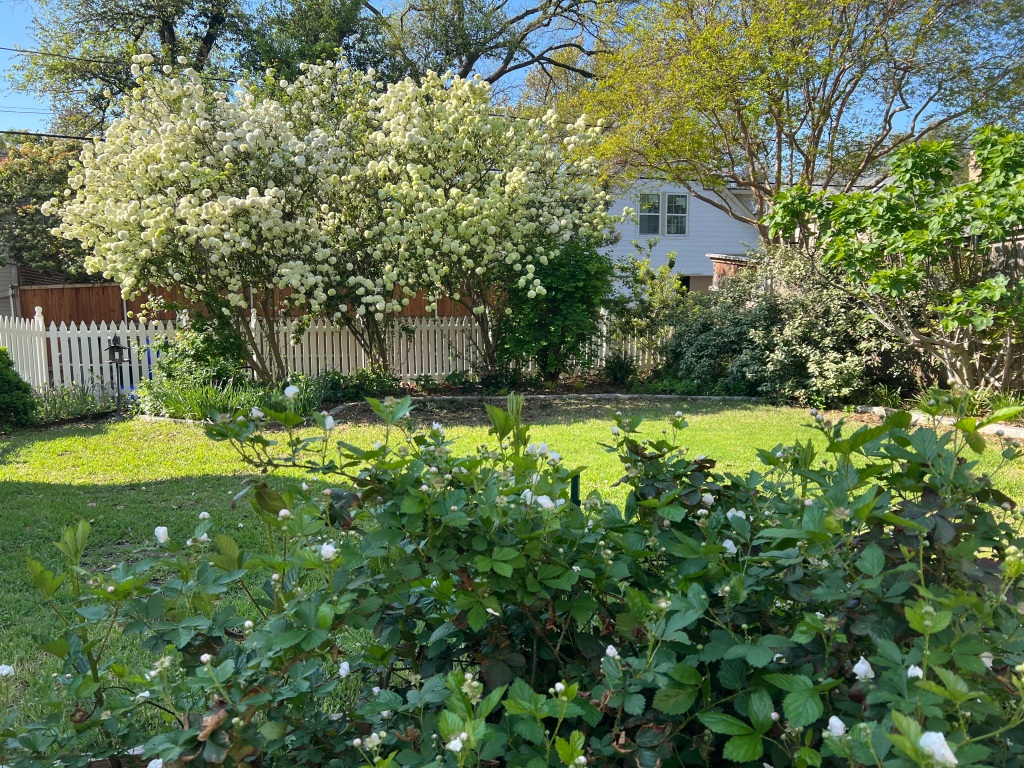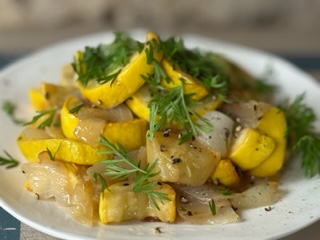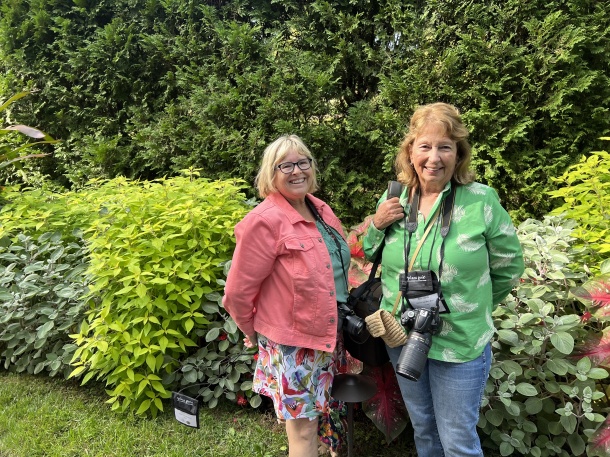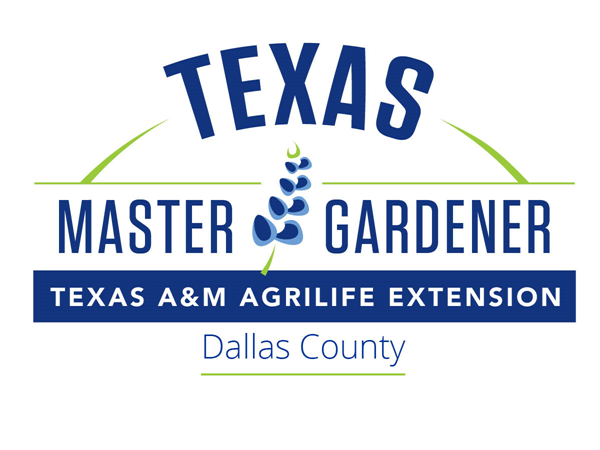April 30, 2024
I am determined to convince people to consider planting ornamental peppers mixed in with other plants in their garden beds and in containers in the spring and summer. Most people only consider ornamental peppers as a fall plant and, in fact, this is when the ornamental pepper pots show up in the plant nurseries and at grocery stores right along side the pumpkin patches.
At Raincatcher’s Garden, we have been planting peppers in our courtyard garden for the past two years. They add a lot of interest and color mixed in with perennial and annual plants. What we have found is that the peppers start looking good as soon as they produce their small white or sometime purple flowers. Then, the peppers show up usually starting out green but eventually turning orange, red, purple, yellow, etc. The plants put on a good show all summer but when the cooler nights of fall start, these pepper plants will knock your socks off!!!
We have grown several nice ornamental pepper plants for our plant sale on May 7th. Below, I have copied plant information sheets that we will post at the plant sale. Please check out these delightful plants and think about trying ornamental peppers in your garden this summer. I feel confident that you will be happy with the results.
Black Pearl Pepper

Black Pearl Pepper is an extremely heat and drought tolerant plant. It is so beautiful that All America Selections (AAS) awarded it for its beauty in 2006. It is an effective background plant particularly with silver, white or pastel flowering annuals in the foreground. It also pairs well with light green plants because of its deep glossy black leaves. As the plant matures, the black peppers turn red. The peppers are edible but are extremely hot. The plant is 18 inches tall to 12 inches wide.
Ornamental Pepper Pot

These three ornamental pepper plants look great together. The top pepper plant is Wicked Ornamental. It starts out purple and turns a beautiful color of red as it ripens. This would be the “thriller” plant in the pot. The pepper on the left is Santos Orange. This pepper starts out green and turns bright orange. It would be the “filler” plant of the trio. The bottom plant is Hot Pops Purple. It starts out purple and fades to orange and is the “spiller” plant in the container. Or you can create your own ornamental pepper pot by combining any of the peppers above with the Black Pearl or the Orange and Red Ornamental Pepper which will have an abundance of upright peppers.
Jackie James – Master Gardener Class of 1993
Raincatcher’s Garden Annual Plant Sale
Tuesday, May 7th 2024
10 AM – 3 PM
Midway Hills Christian Church
11001 Midway Road
Dallas, Texas 75229
